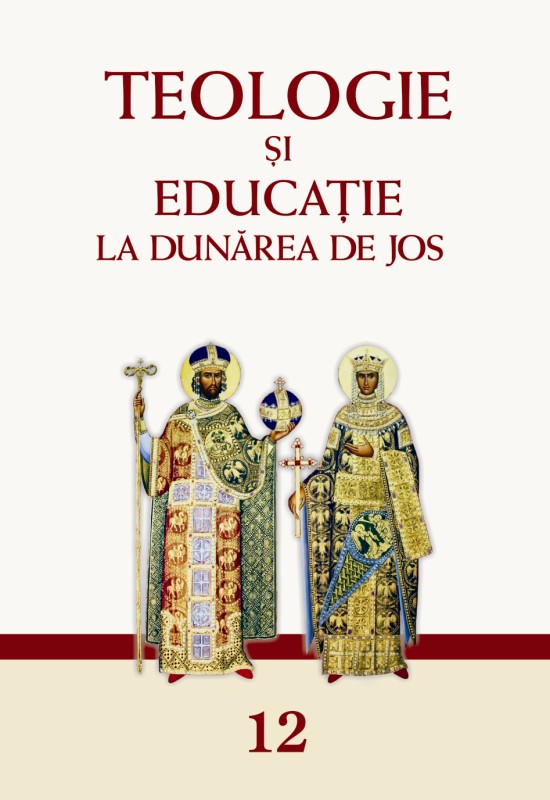Învățământul superior în perioada bizantină
Higher education in the Byzantine period
Author(s): Leontin PopescuSubject(s): Christian Theology and Religion, Theology and Religion
Published by: EDITURA ARHIEPISCOPIEI DUNĂRII DE JOS
Keywords: culture; Byzantium; university; school; library; professors; philosopher; theologian; literature; texts;
Summary/Abstract: In the millenary history of Byzantium, culture, under its various forms, was a constant preoccupation for most emperors. The Byzantine Empire always displayed a cultural dimension that manifested itself to full extent under extremely varied forms. As bearer and, thus, result of a complex cultural fusion, Byzantium took over, developed and passed on from antiquity to modernity elements as varied as possible that were first made and then handed down to the Greek, Hellenistic and ancient Roman worlds as well as the Oriental world. In the late ancient world, the Byzantine school was dominated by the return to Greek culture. Any good professor of higher education taught the Greek classics. The basic curriculum included Homer, Euripides, Aristophanes, and Demosthenes; more advanced students also read Herodotus and Thucydides, Plato and Aristotle. In the fourth century, the leading schools for higher education were those of Athens and Alexandria, which continued to be famous into the sixth century. Set between the collapse of classical Antiquity and the Renaissance age that announced the dawn of modernity, Byzantium was unquestionably the upholder of medieval culture in Europe, even during the centuries when the rest of the continent was dominated by the so‑called cultural ”darkness”. Byzantine philosophers, jurists and theologians were the first teachers Italy ever had and it was through the Italian Renaissance that the Byzantine culture became an integral part of European culture forever.
Journal: TEOLOGIE ȘI EDUCAȚIE LA DUNĂREA DE JOS
- Issue Year: XII/2013
- Issue No: 12
- Page Range: 597-620
- Page Count: 24
- Language: Romanian

